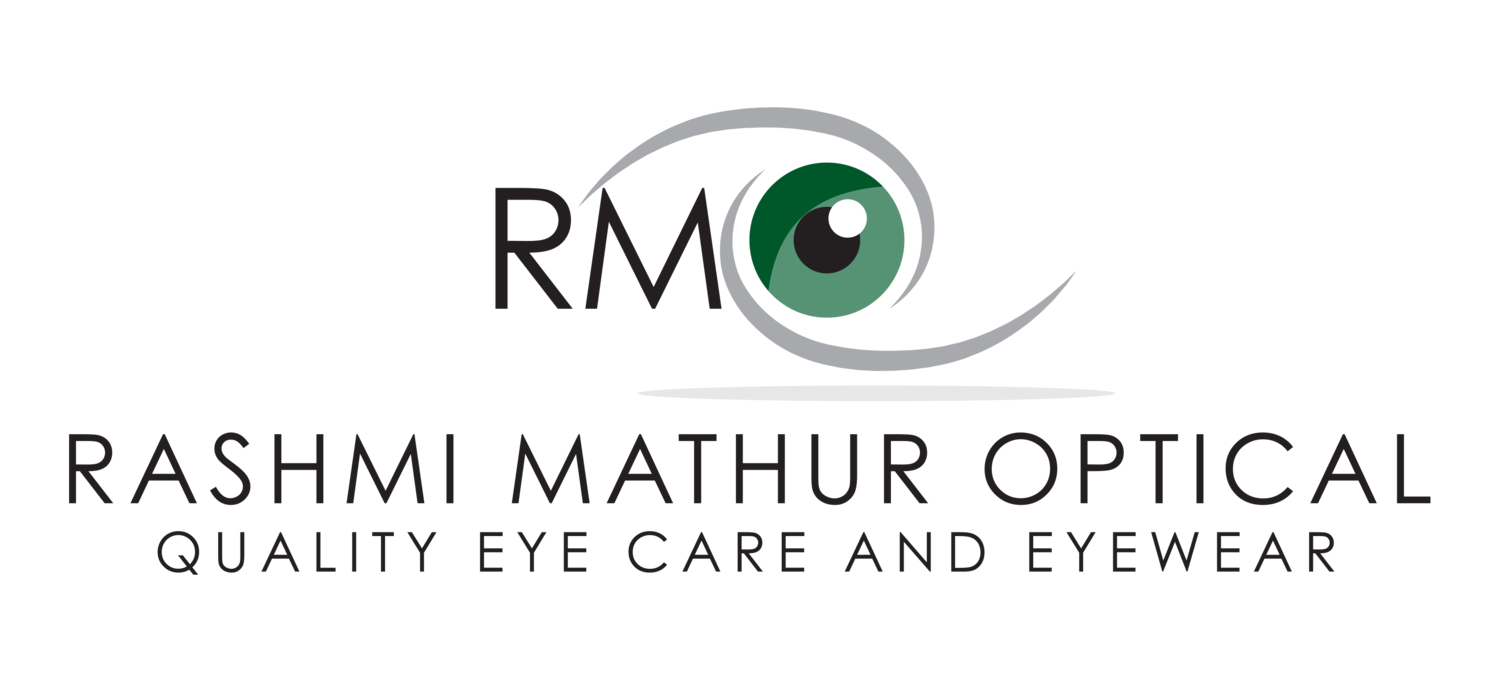Diabetes and your eyes.
Diabetes is a condition where the body cannot regulate blood glucose levels (BGL).
Statistics:
In Trinidad &Tobago, 1 in every 8 persons has diabetes
1 in every 3 diabetic patients have some degree of retinopathy (bleeding in the eyes)
Diabetes is the 5th leading cause of death worldwide. 70% of all these deaths occur from congestive heart failure.
Diabetic Retinopathy is the 3rd leading cause of blindness in the world.
Normal retina and vision
Diabetic retinopathy and vision
Cataracts in the eyes.
Diabetes and THE EYE
Everything is transparent. Progression of diabetes is easily seen and tracked in the eyes.
Sudden changes in vision are caused by swelling in the lens of the eye with blood glucose fluctuations. This particularly happens before diabetes diagnosis
Diabetic Retinopathy (bleeding in the retina) is often seen at the time of diagnosis. The eye is unique. It is the only part of the body that allows a direct view of the blood vessels, nerves and tissues of the body. It is thought that most people have the condition for 4-7 years before being officially diagnosed. Blood vessel walls get damaged allowing blood and other fluids to leak. The patient may notice black spots (floaters) and blurred vision in the early stages. The body tries to heal itself by growing new vessels, but these are weak and fragile. The disease progression can lead more serious to bleeding in the vitreous and retinal detachment which causes significant vision loss.
Cataracts can occur earlier in diabetics due to fluctuating glucose levels.
Wash your hands. Don’t rub or touch the eyes as you increase the risk of infections. Diabetics lose nerve sensitivity and therefore healing is slower in the event of an injury or infection.
To prepare for your eye exam:
Make a note of your last HbA1c. It’s a good indicator of your diabetic control which directly affects the presence of retinopathy or its absence.
Bring a list of the medications you take.
Make a list of the questions you want to ask.
Bring someone with you. Your pupils will be dilated with eyedrops to examine the retina. These can leave you blurry for up to an hour afterwards so you may want someone to accompany you getting home.
What to expect at your eye exam
Your BGL will be checked. Your reading should be <200mg/dL. If it is higher than that, the spectacle prescription will be affected. You may find vision varies from day to day, week to week if your BGL fluctuates widely.
The exam can take up to an hour including time to dilate the pupils.
You will have retinal photos and possibly scans done.
Have an annual dilated eye exam.
Normal versus Dilated
Treatment options for diabetic retinopathy
Laser: It’s not a cure. It simply seals leaking blood vessels.
Injections: The anti VEGF injections slow the growth of blood vessels
Vitrectomy: The vitreous gel is removed from the eye and replaced with saline solution when the small blood vessels in the retina start leaking.
Circle of care
Healthy eyes come from a healthy body.
Looking after your eyes when you have retinopathy:
For healthy eyes, there needs to be a cycle of care. If the Ophthalmologist treats the eyes and the BGL remains uncontrolled, the retinopathy will continue. Treatment is not a permanent fix - changes will continue according to the BGLs.
In other words, diabetes management is everything!
Some sobering notes
Treatment is expensive
Loss of income with time off work for treatment and recovery
Once these procedures are carried out, vision is never realistically going to be as good as before. Bleeding can recur if BGLs are not controlled
Dependency on other family members
Depression
How you can help yourself: -
Educate yourself
Take your medication
Keep a log of your BGL’s
Eat sensibly. The 80/20 Rule says that if you eat healthy 80% of the time, you can enjoy what tastes good to you 20% of the time.
Of the five senses, sight is the one people fear losing the most.











